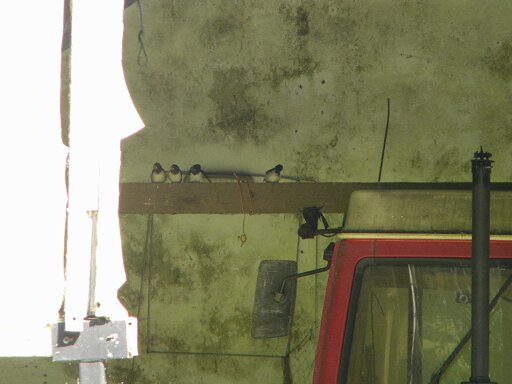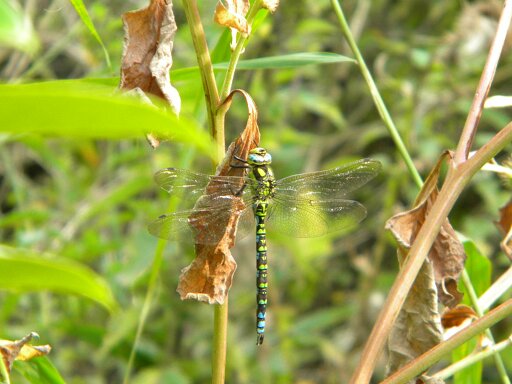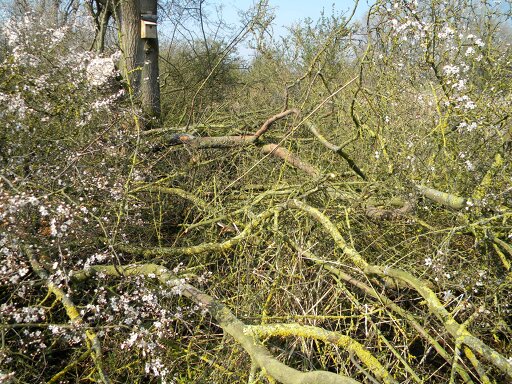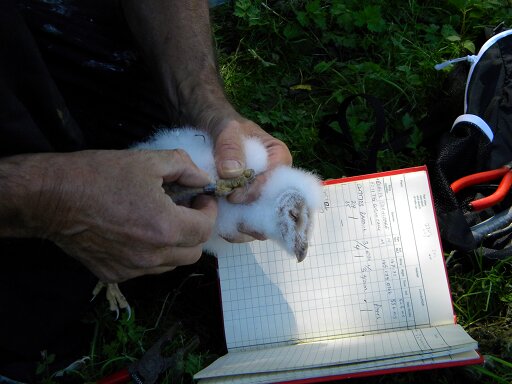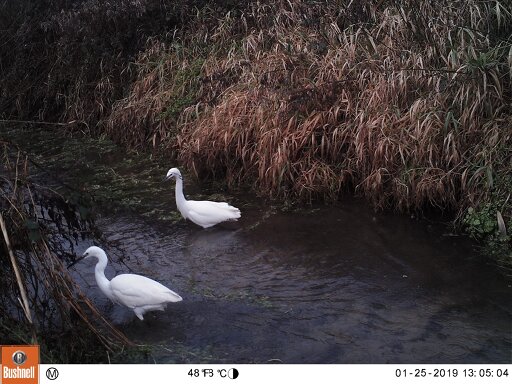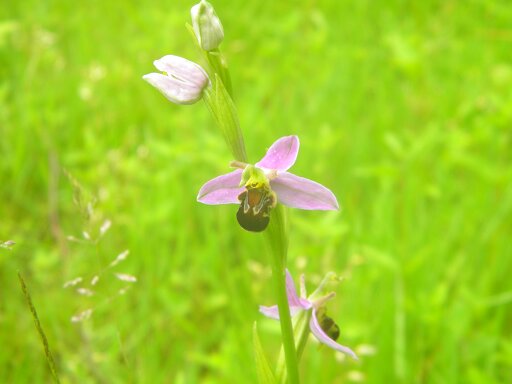Hillside House
Hillside House is a small wildlife conservation site run by David Max and located at South Raynham in Norfolk, UK.
The dry, warm summer of 2025
Met Office data indicate the summer of 2025 in East Anglia was the warmest on record. The temperature anomaly for the period was +2.57C.
The summer was also one of the driest on record, with 62% of average rainfall (based on data going back to 1836). By August some ponds in the Raynham area had dried up completely, but the main pond at Hillside House still has water at the beginning of September.
Birds 2025
Before the beginning of the breeding season, there were records of several unexpected species on or near the plot at Raynham.
The most remarkable of these was a harrier, thought to be the pallid harrier recorded in two consecutive winters at Warham Greens. This appeared across the plot about two weeks after the last sighting at Warham, perhaps dispersing to breeding grounds.
Other interesting records were of hawfinch (at least 2, on several dates), shag (a species more often seen at the coast), and ring ouzel (3 migrants together quite close to the plot).
House martins nested successfully at Hillside House for the first time in 12 summers. The roof of Hillside House, like many traditional East Anglian houses, has narrow eaves, and this appears to make the house unattractive for nesting house martins. In 2024 a pair of Schwegler nestboxes (type 9A) was installed but remained unused. This year (2025) the boxes were taken down and modified to widen the ‘roof’ panel over the woodcrete boxes. This seems to have solved the problem of why the boxes were unused and perhaps 3 or 4 young were fledged this summer.
This year seems to have been a good breeding season for two Red-Listed species, greenfinch and mistle thrush, both of which were in evidence during the spring.
Whitethroat (2 pairs?), sedge warbler (2+ pairs), reed warbler (4+ pairs), reed bunting (1 or 2 pairs), and moorhen bred on the meadow and main pond.
At least one male cuckoo sang on and near the plot, and at times a female was also present.
Yellowhammer probably bred near the plot on West Raynham Road. (This is an erratic species here at Raynham). The male foraged just north of the plot in some rushy grazing.
As in 2024, kestrels failed to nest on or near the plot this year, although a pair was present through spring and summer. This may reflect poor food availability this year (barn owls in Sussex have had a very poor season in 2025).
A pair of red kites nested successfully close to the plot, rearing a single young.
Native black poplars
The native black poplars and one Populus nigra tree were all moved to their final locations in March 2017.
The trees are now approximately 12 metres tall and appear to be thriving.
With the dry summer this year, the rust that affected most trees in late summer of 2024 has been much less evident in 2025.
Invertebrates 2025
Whereas some insect groups thrived in 2025, at Raynham numbers of a few groups like hoverflies and tachinids seemed lower than previously. There are fewer images to display than in 2024.
In the main pond and the north-west pond, the strange crustacean-like, long-necked larvae of the dytiscid beetle Acilius were abundant in April and May.
Emperor dragonfly Anax imperator appeared on the plot for first time. Four-spotted chasers defended territories on the main pond and elsewhere. Broad-bodied chasers were recorded copulating and egg-laying in May. As usual migrant hawkers patrolled over the shed concrete from late July.
An interesting record was of a beewolf Philanthus triangulum, present on the applemint patch near the main pond at the end of August. In East Anglia, this wasp species is more usually associated with the coast, so its arrival here 21 km from the sea is quite noteworthy.
Red List and Amber List species at Hillside House
Red List
- woodcock (winter only)
- cuckoo
- swift (non-breeding)
- mistle thrush
- marsh tit
- linnet
- greenfinch
- house martin (new 2025)
Amber List
- mallard
- kestrel
- moorhen
- snipe (non-breeding)
- stock dove
- dunnock
- wren
- song thrush
- sedge warbler
- whitethroat
- bullfinch
- reed bunting
Arrival dates of summer migrants
This plot suggests arrival dates are getting earlier even in just the last ten years.
Acknowledgements
Many thanks to the various volunteers who have helped with habitat creation and maintenance here.
Groups from Norfolk Conservation Corps have visited several times for reed-cutting and other work on the meadow.
Oxford Conservation Volunteers arrived in autumn 2014 for a residential task and successfully moved many of the trees on the meadow to their present locations.
Billy Riseborough from the Corps has also visited separately on many occasions to guide, among other things, tree maintenance work in various places on the plot.
Mark Woolfrey has helped with various projects, including the audio playback system designed to attract swifts to the site. Mark has also very kindly loaned a Suntek trailcam on a long-term basis.

